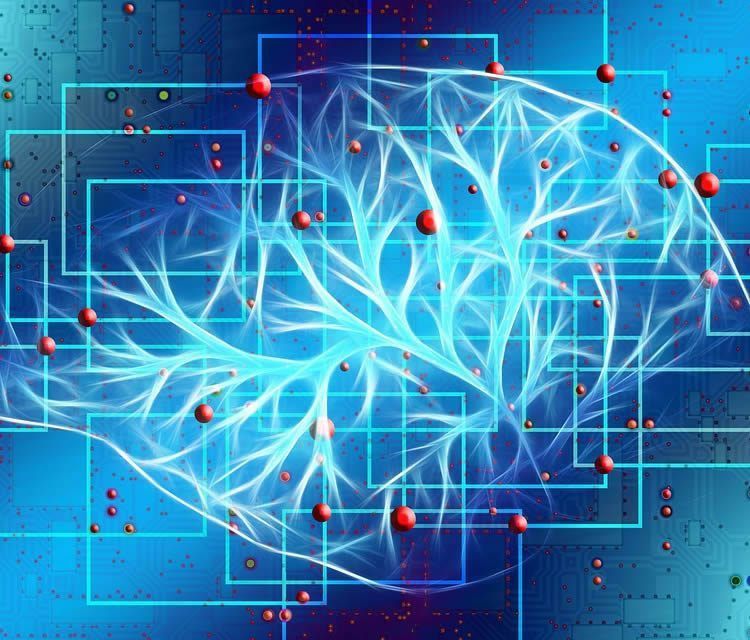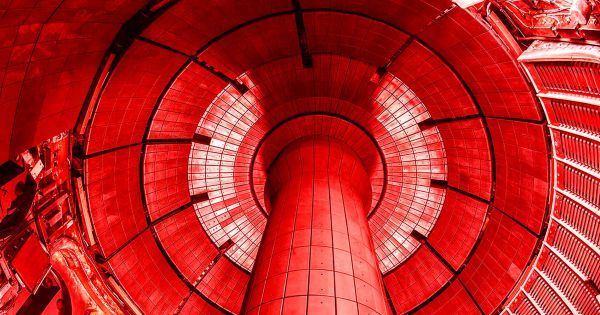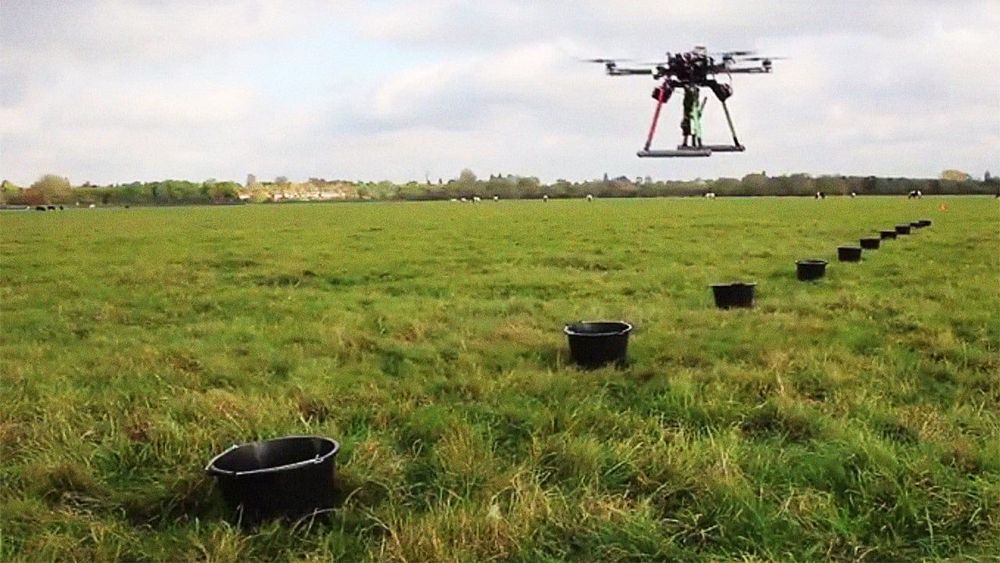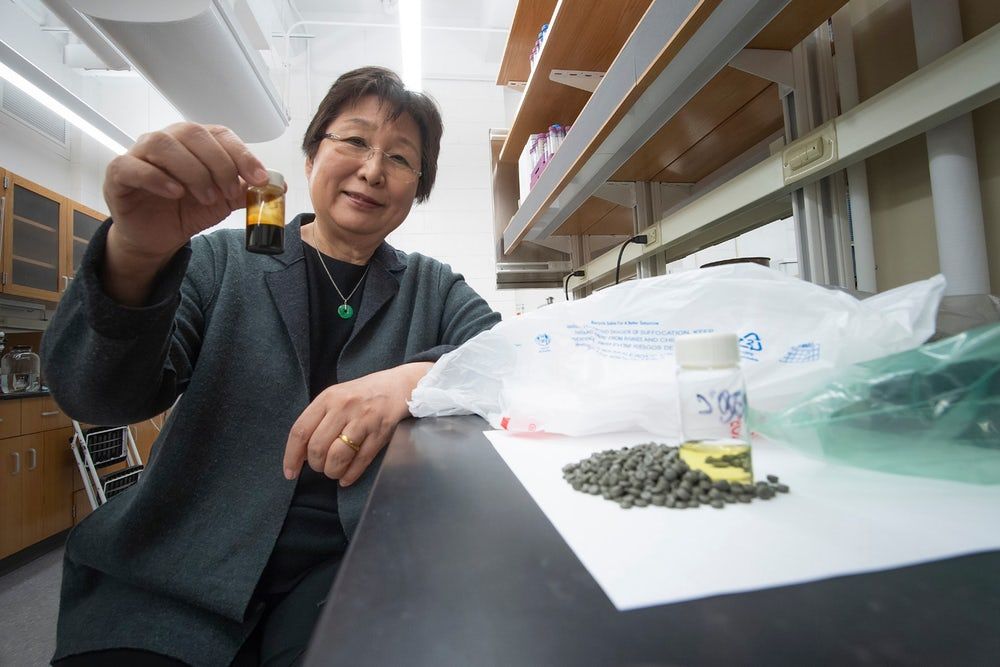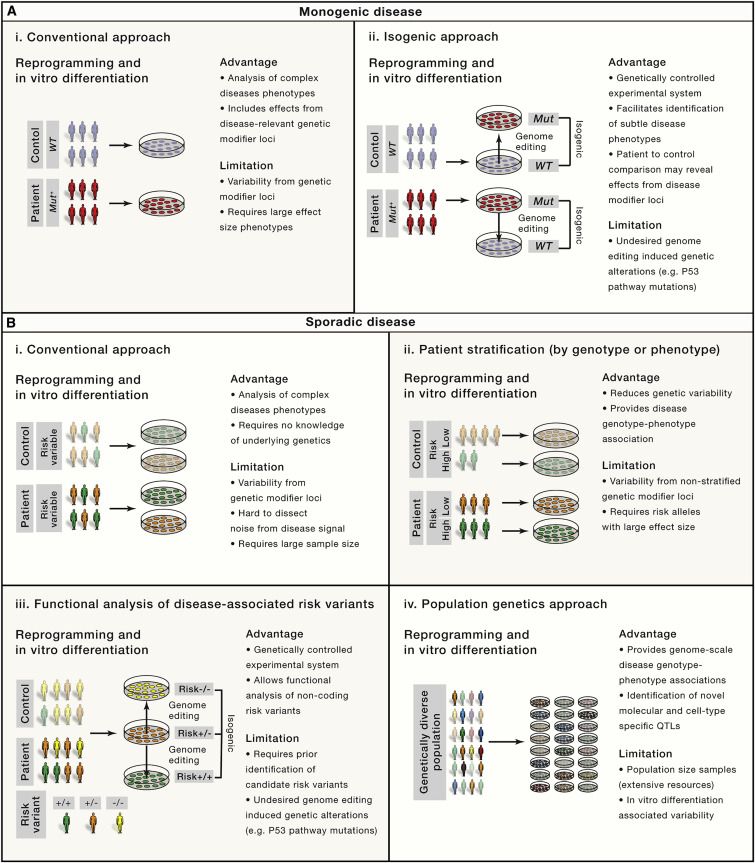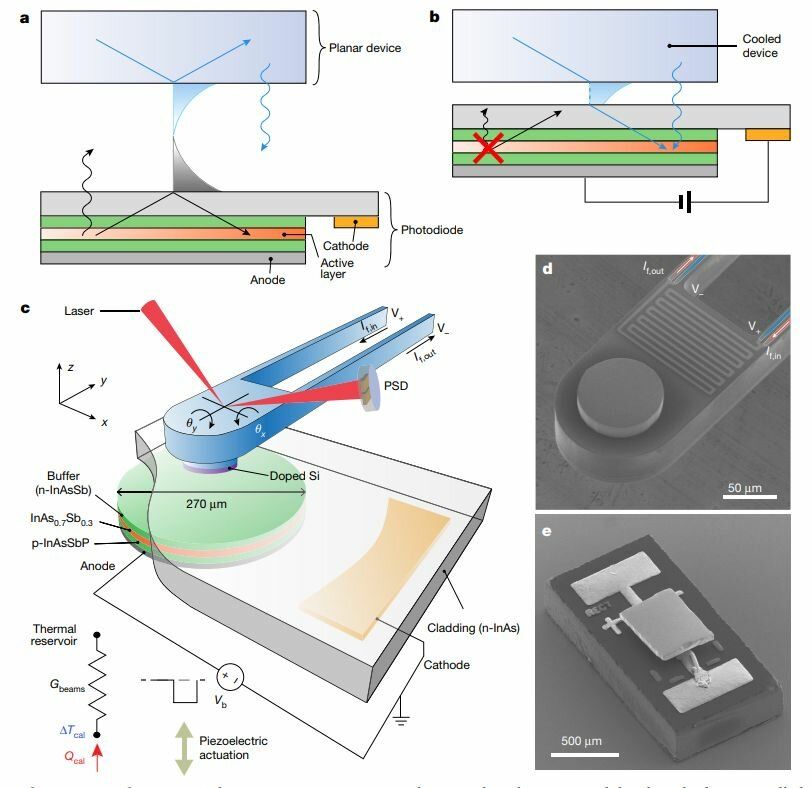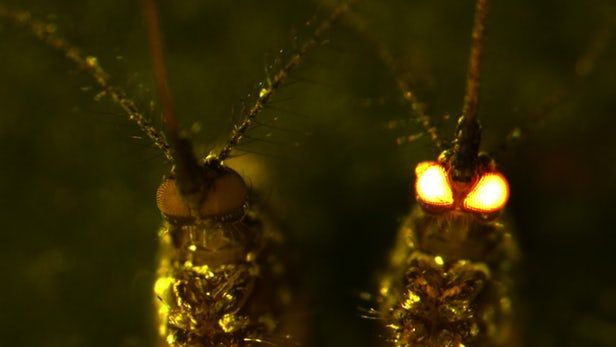Feb 18, 2019
Discovering a New Form of Communication in the Brain
Posted by Paul Battista in categories: biotech/medical, engineering, neuroscience
Summary: Researchers have identified a previously unknown form of neural communication. They report the findings could help better the understanding of neural activity associated with specific brain processing and neurological disorders.
Source: Case Western Reserve University.
Biomedical engineering researchers at Case Western Reserve University say they have identified a previously unidentified form of neural communication, a discovery that could help scientists better understand neural activity surrounding specific brain processes and brain disorders.
